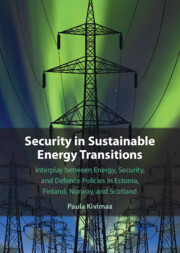The negotiation of the free trade agreement (FTA) between Australia and the United Kingdom promised to integrate trade and climate policies. As a leader of the United Nations Framework Convention on Climate Change (UNFCCC) conference in Glasgow, the UK seemed well-placed to exert pressure on Australia, a country that was yet to embrace a target of net zero emissions by 2050. This article asks whether the FTA achieves this aim. It explains the link between trade liberalisation and climate change, referring to the scale and composition of economic activity and drawing upon examples from energy, agriculture, building and transportation sectors, as well as strategic factors. It provides an original analytical framework to assess the FTA's contributions to climate change goals, pointing to: (1) provisions to strengthen climate commitments, including net zero targets; (2) provisions to facilitate trade and investment in climate-related areas; and (3) provisions relating to enforcement and cooperation. It compares selected initiatives of other FTAs, including the Comprehensive and Progressive Agreement for Trans-Pacific Partnership (CPTPP), the European Union–Canada Comprehensive Economic and Trade Agreement (CETA), the UK–New Zealand FTA and the Singapore–Australia Green Economy Agreement. It reviews the FTA's negotiating process and its aftermath, including complaints about public participation. The article's conclusion that the FTA makes minimal contribution to climate change mitigation has implications for the broader quest for mutually supportive trade and climate policies, and, now that a net zero target has been legislated by the newly elected Australian Parliament, for the FTA's future implementation.



